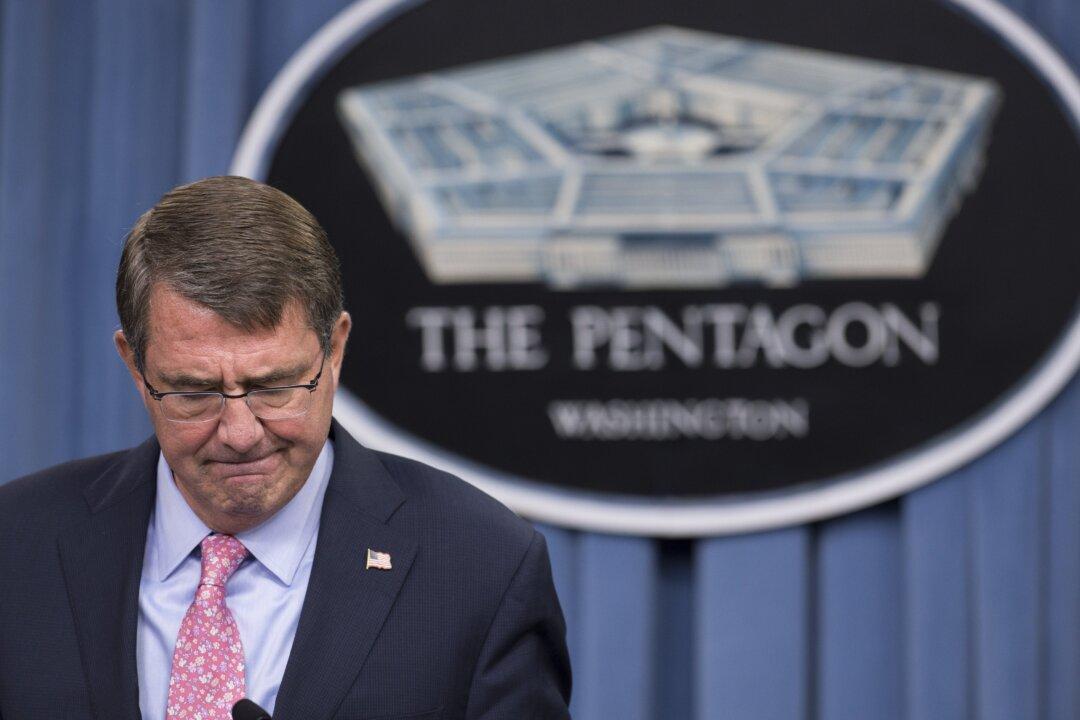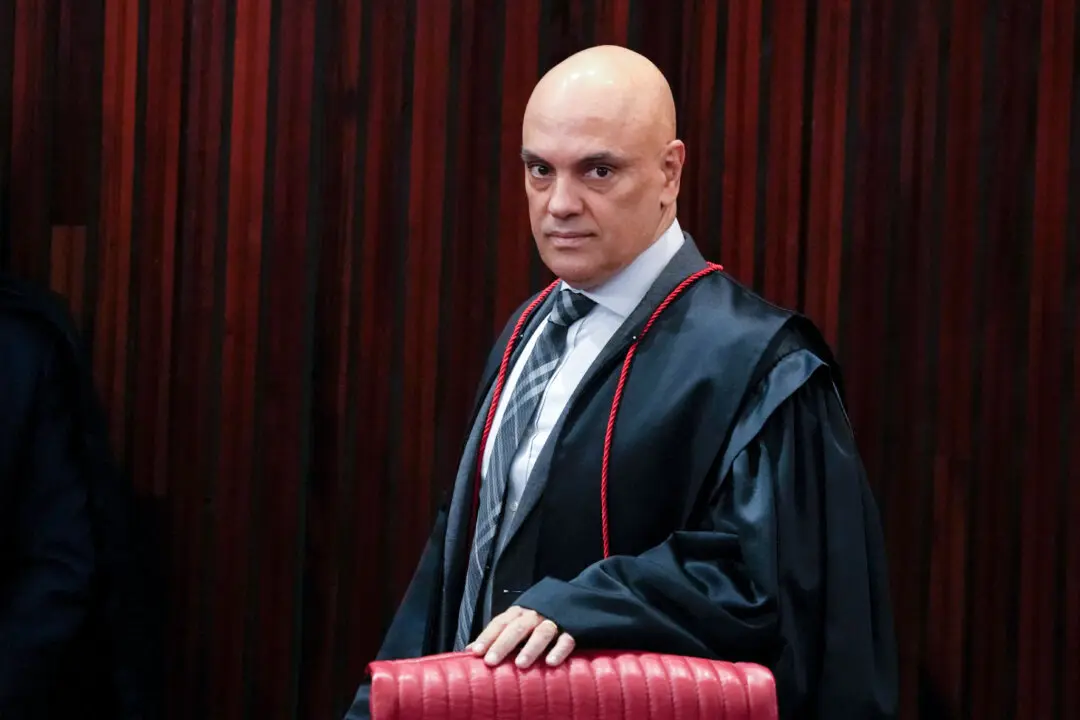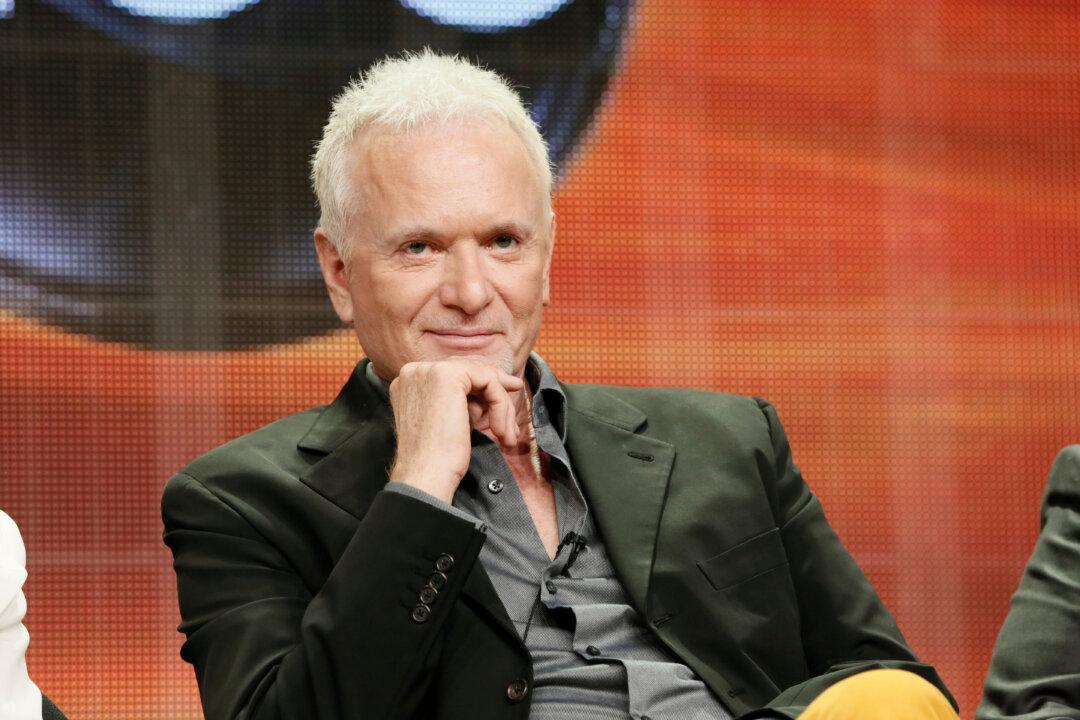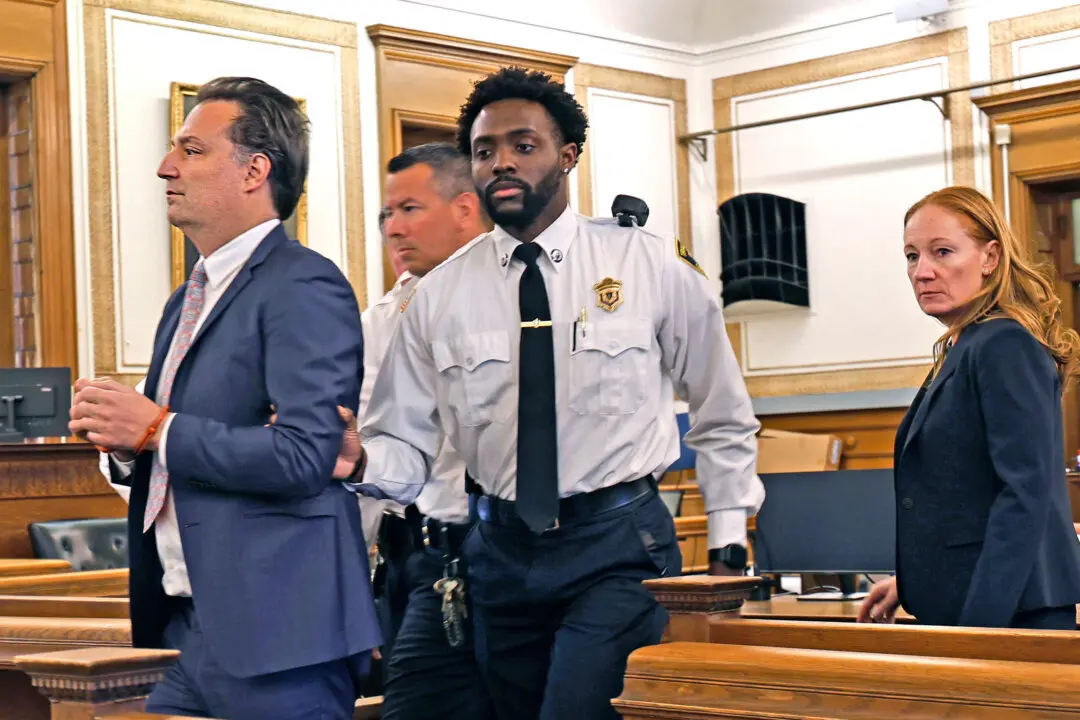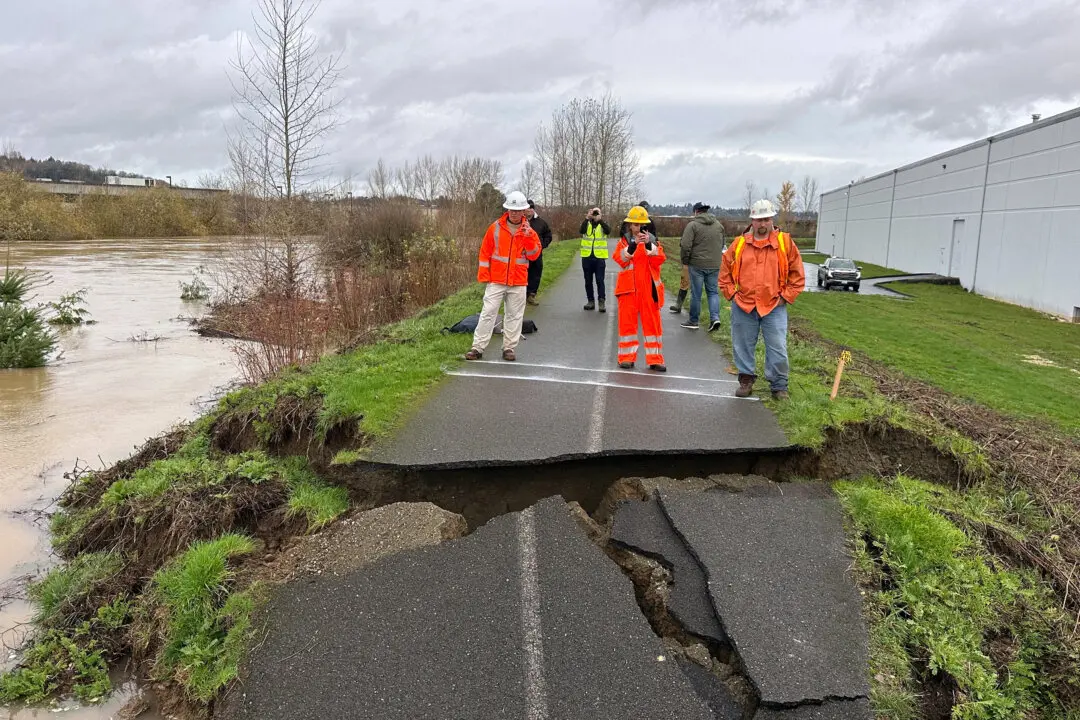WASHINGTON—Russia’s entry into the crowded and sometimes uncoordinated air wars in Syria is making the U.S. increasingly nervous, reflecting concern at the Pentagon and in Europe about the risk of accidents or unintended conflict.
The Russians sent word Tuesday that they are willing to resume talks on ways to avoid warplanes running into each other, or firing upon one another, in the skies over Syria. Earlier in the day, U.S. Defense Secretary Ash Carter called on Russian defense officials to contact the Pentagon immediately to further discuss Moscow’s escalating military activities in Syria.
American and Russian defense officials had their first conversation about the issue last week.
The NATO alliance on Monday denounced Russia for “irresponsible behavior” for allowing its warplanes to twice cross into Turkish airspace, once on Saturday and once on Sunday. Turkey warned that any future aerial intruder would be treated like an enemy. The Russians acknowledged having intruded once on Saturday, calling it accidental, but denied doing it again Sunday.
White House spokesman Josh Earnest said the U.S. was “quite concerned” by Russia’s action, describing it as a provocation.

